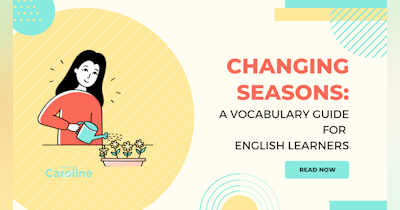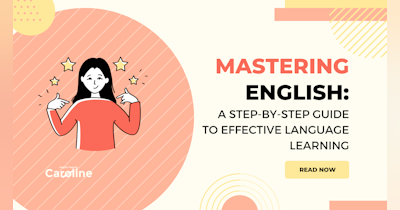Hello my beautiful students!
Ever thought about why we sometimes sound like we're giving a TED Talk (which I highly recommend for English learners!) and other times like we're just chatting with pals over coffee?
That's all thanks to the magic of formal and informal English. But wait, what's the big deal about them and when should you be posh vs laid-back? Let's break it down!
What is Formal and Informal English?
Understanding the distinction between formal and informal English is crucial for several reasons:
- Effective Communication: Using the appropriate register ensures your message is received as intended.
- Building Relationships: In professional settings, using formal English shows respect and professionalism. In casual settings, informal English can help build rapport.
- Avoiding Misunderstandings: Using the wrong register can lead to confusion or even offense.
Formal English
Formal English is the type of language used in professional, academic, or official settings. It is characterized by:
- Complex Sentences: These often include subordinating conjunctions like "although," "whereas," and "since."
- Advanced Vocabulary: Words are chosen for precision and may be more complex.
- Absence of Slang or Colloquialisms: Phrases like "hang out" or "chill" are avoided.
- Use of Passive Voice: For example, "The experiment was conducted by the researchers" instead of "The researchers conducted the experiment."
Informal English
Informal English is the language of everyday conversation and personal communication. It includes:
- Simple Sentences: These are straightforward and to the point.
- Common Vocabulary: Words are more basic and universally understood.
- Use of Slang and Colloquialisms: Phrases like "What's up?" are common.
- Use of Contractions: "Don't," "can't," "won't," etc., are frequently used.
When to Use Formal and Informal English
Formal English should be used in the following situations:
- Academic Writing: Essays, research papers, and theses demand a formal tone.
- Professional Settings: When writing business emails, reports, or giving presentations.
- Official Documents: Contracts, legal documents, and formal letters.
- Job Interviews: It's essential to present oneself professionally.
- Ceremonies: Weddings, graduations, and other formal events.
While informal English can be used in these situations:
- Casual Conversations: Chatting with friends or family.
- Texting or Messaging: Quick, informal communication channels.
- Social Media: Most platforms encourage a relaxed tone.
- Creative Writing: Sometimes, stories or poems use informal language to convey authenticity.
- Advertisements: Many ads use informal language to connect with a broader audience.
The Gray Area: Semi-formal English
There's a middle ground between formal and informal English known as semi-formal English. This is often used in situations like:
- Work Emails: When communicating with colleagues you're familiar with.
- Blogs and Articles: Some platforms prefer a tone that's professional but approachable.
- Presentations: Depending on the audience, a mix of formal and informal can be effective.
Tips for Navigating Between Formal and Informal English
- Consider Your Audience: Think about who you're speaking to or writing for. Adjust your language accordingly.
- Practice Switching Between Them: Try rewriting a formal sentence in an informal way and vice versa.
- Ask for Feedback: If you're unsure about the tone, ask someone to review your work.
English, with its vast vocabulary and structures, offers speakers a range of ways to express themselves. By understanding the nuances between formal and informal language, you can communicate more effectively and navigate various social and professional situations with ease. Remember, it's not about one being better than the other; it's about using the right tool for the job.
Happy practicing!

















